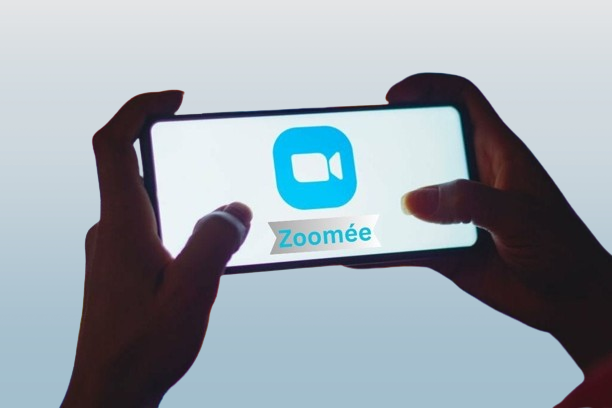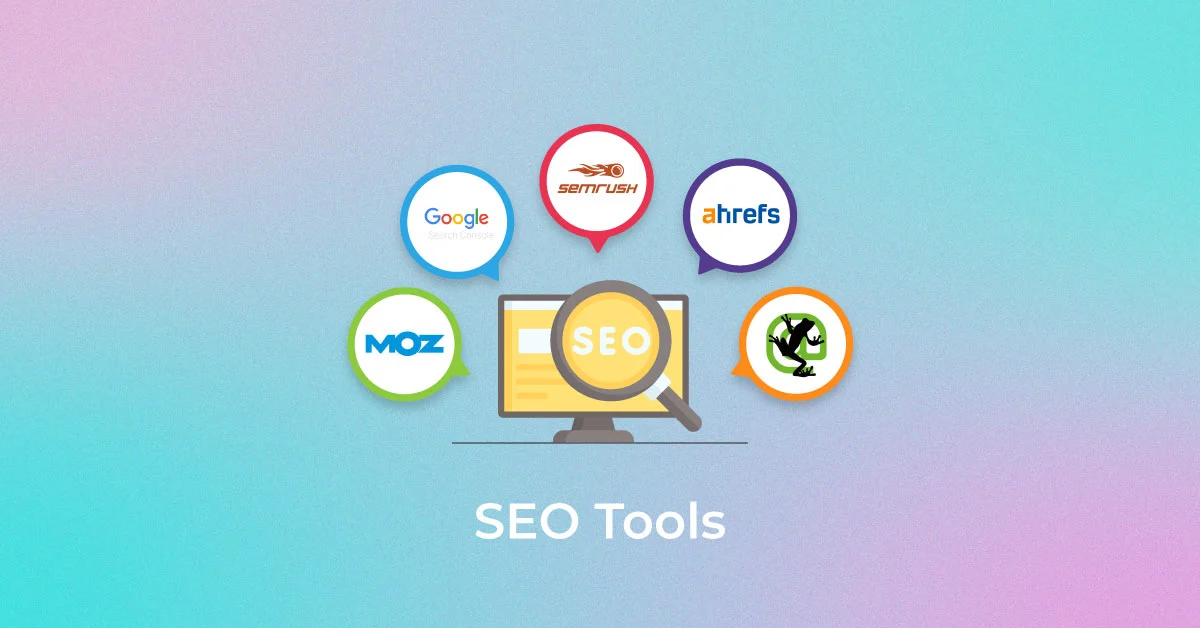Introduction:
In today’s interconnected world, virtual communication platforms have become indispensable tools for connecting people across distances and facilitating collaboration in both personal and professional spheres. Among the myriad of platforms that have emerged, Zoomée stands out as a dynamic and versatile platform that has revolutionized the way we interact in virtual spaces. In this article, we delve into the evolution of Zoomée, examining its features, impact, and the future of virtual communication in the digital age.
The Genesis of Zoomée:
Zoomée emerged against the backdrop of a rapidly evolving digital landscape, where the demand for seamless and intuitive virtual communication solutions was on the rise. Founded in [INSERT YEAR], Zoomée was conceived with the vision of creating a platform that transcends traditional video conferencing by offering a comprehensive suite of features designed to enhance collaboration and engagement.
From its inception, Zoomée prioritized user experience and accessibility, striving to create a platform that is intuitive and user-friendly for individuals of all backgrounds and technological proficiencies. By leveraging cutting-edge technology and innovative design principles, Zoomée quickly gained traction as a go-to platform for virtual meetings, webinars, and remote collaboration.
Key Features and Functionality:
What sets Zoomée apart from other virtual communication platforms is its robust feature set and intuitive interface, designed to streamline communication and collaboration in virtual environments. Some of the key features of Zoomée include:
- High-Quality Video and Audio: Zoomée offers crystal-clear video and audio quality, ensuring a seamless communication experience even in bandwidth-constrained environments. Advanced noise cancellation and echo suppression technologies further enhance the clarity of communication, making virtual meetings feel as natural as face-to-face interactions.
- Screen Sharing and Collaboration Tools: Zoomée enables users to share their screens effortlessly, facilitating real-time collaboration and document sharing during meetings and presentations. Built-in annotation tools allow participants to highlight key points, draw diagrams, and provide feedback directly on shared content, fostering engagement and interactivity.
- Virtual Backgrounds and Filters: With Zoomée’s virtual background feature, users can customize their environment by choosing from a variety of preset backgrounds or uploading their own images. Additionally, built-in filters and effects allow users to enhance their appearance and add a touch of creativity to their video feed, making meetings more enjoyable and visually appealing.
- Breakout Rooms and Group Collaboration: Zoomée’s breakout rooms feature allows hosts to create smaller, more focused groups within larger meetings, enabling more meaningful discussions and collaboration. Participants can easily move between breakout rooms, share ideas, and collaborate on projects in a structured and productive manner.
- Integration with Productivity Tools: Zoomée seamlessly integrates with a variety of productivity tools and third-party applications, allowing users to schedule meetings, share files, and collaborate on documents directly within the platform. Integrations with popular software such as Microsoft Office, Google Workspace, and Slack enhance workflow efficiency and productivity.
Impact and Implications:
The widespread adoption of Zoomée has had profound implications for how we communicate, collaborate, and conduct business in the digital age. By breaking down geographical barriers and enabling real-time communication across distances, Zoomée has facilitated remote work and virtual collaboration on an unprecedented scale.
In the wake of the COVID-19 pandemic, Zoomée emerged as a lifeline for businesses, educational institutions, and individuals seeking to adapt to remote work and social distancing measures. Its intuitive interface, reliable performance, and comprehensive feature set made it the platform of choice for virtual meetings, online classes, and social gatherings.
Furthermore, Zoomée has democratized access to education and professional development by providing a platform for remote learning and skill-building. With the ability to host webinars, virtual conferences, and online workshops, Zoomée has empowered educators, trainers, and thought leaders to reach global audiences and share knowledge in engaging and interactive ways.
Looking Ahead:
The Future of Virtual Communication As we look to the future, the evolution of virtual communication platforms like Zoomée is poised to continue, driven by advancements in technology and changing user needs. From augmented reality (AR) and virtual reality (VR) integration to AI-driven features and immersive collaboration environments, the possibilities for innovation in virtual communication are virtually limitless.
However, with these advancements come new challenges and considerations, including privacy and security concerns, digital fatigue, and the need for equitable access to technology. As virtual communication continues to evolve, it is essential to prioritize user privacy and data security, promote digital wellness and balance, and ensure that technology remains accessible and inclusive for all.
conclusion
Zoomée represents a transformative milestone in the evolution of virtual communication, offering a glimpse into the future of remote collaboration and engagement. By leveraging advanced technology and intuitive design principles, Zoomée has redefined how we connect, communicate, and collaborate in the digital age, paving the way for a more connected, accessible, and inclusive world.










